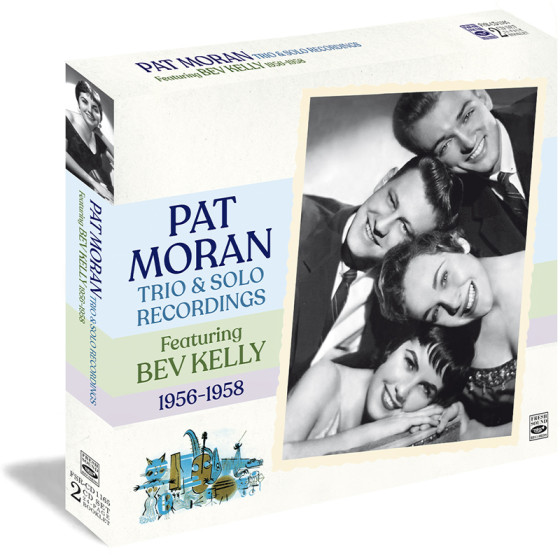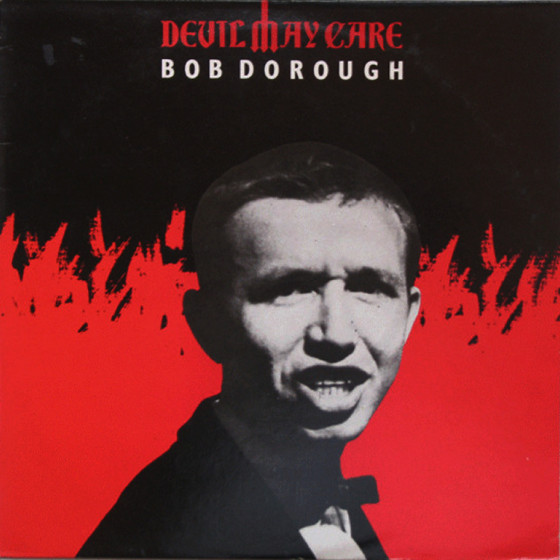No products
Sam Most
Undercurrent Blues · Sam Most Sextettes 1952-1954: Prestige, Debut & Vanguard Sessions
Fresh Sound Records
Personnel:
Sam Most (fl, cl), Doug Mettome (tp), Urbie Green (tb), Marty Flax (bs), Dick Hyman, Bob Dorough, Bill Triglia (p), Chuck Wayne, Barry Galbraith (g), Clyde Lombardi, Percy Heath, Aaron Bell (b), Jackie Moffett, Louis Bellson, Bobby Donaldson (d)
Reference: FSRCD1155
Bar code: 8427328611558
Sam Most (1930-2003) was born in Atlantic City, NJ, and began making a name for himself in nearby New York City, where his family moved when he was four years old. Sam played several instruments, including piano, saxophone, clarinet, and flute. It was with the last two that he earned a reputation as a trendsetter among modern jazz musicians, and it is these two instruments that are featured here.
Sam's earliest influence and inspiration came from his brother Abe, ten years his senior, who was the star clarinetist in the bands of Les Brown and Tommy Dorsey. At 20, Sam briefly played also with Dorsey, and later with the bands of Shep Fields, Boyd Raeburn, and Don Redman. However, his main claim to fame was the stellar work he did with his own modern groups, where his distinctive clarinet style (notably focusing on the instrument's higher register) and his remarkable agility on the flute blended so superbly.
In the summer of 1952, Sam truly came into his own when he recorded the flute feature "Undercurrent Blues." At the time, jazz flute was little more than a novelty, rarely featured in recordings or performances in the modern bebop style. "Undercurrent Blues" showcased the instrument’s potential in a fresh way and, while not a major hit, it caught the attention of many musicians, establishing Sam as the first modern jazz flutist.
Herbie Mann, the first jazz flutist to achieve widespread popularity, once said, "When I started playing jazz on flute, there was only one record out: Sam Most’s 'Undercurrent Blues.'"
Sam's emergence on the jazz scene was further recognized in 1954 when he won the New Star clarinet division in the Down Beat Critics’ Poll.
This CD set brings together, for the first time, Sam Most's earliest recordings as the leader of his sextets from 1952 to 1954.
—Jordi Pujol
Tracklist
02. First With the Most (Sam Most) 3:07
03. Sometimes I’m Happy (Youmans-Caesar-Grey) 2:40
04. Takin' A Chance on Love (Duke-La Touche) 2:42
05. Scrooby Doo (Bob Dorough) 3:42
06. I Hear A Rhapsody (Fragos-Baker-Gasparre) 4:16
07. The Night, We Called it a Day (Dennis-Adair) 3:20
08. A Cuss Called Coss (Sam Most) 4:08
09. Eullalia (Bob Dorough) 3:38
10. There Will Never Be Another You (Carl O. Begner) 4:38
11. Notes to You (Sam Most) 2:57
12. Skippy (Ronnie Woellmer) 3:28
13. Blues Junction (Quincy Jones) 4:31
14. Just Tutshen (Sam Most) 3:44
15. My OId Flame (Johnson-Coslow) 3:32
16. You'd Be So Nice to Come Home to (Cole Porter) 1:53
17. Open House (Ronnie Woellmer) 3:18
18. Give Me the Simply Live (Bloom-Ruby) 3:09
19. Everything Happens to Me (Dennis-Adair) 3:42
Album details
Sources:Tracks #1-4, from the 7-inch EP “Introducing a New Star: Sam Most" (Prestige EP-1322)
Tracks #5-10, from the 10-inch LP “Sam Most Quartet Plus Two” (Debut DLP-11)
Track #11, from the 12-inch LP “Hall of Fame” (Design DLP 29)
Tracks #12-19, from the 10-inch LP “Sam Most Sextet” (Vanguard VRS-8014)
Personnel on #1-4: Doug Mettome, trumpet; Sam Most, flute & clarinet; Chuck Wayne, guitar; Dick Hyman, piano; Clyde Lombardi, bass; Jackie Moffett, drums.
Recorded in New York, June 10, 1952
Personnel on #5-11: Doug Mettome, trumpet; Urbie Green, trombone; Sam Most, flute & clarinet; Bob Dorough, piano; Percy Heath, bass; Louie Bellson, drums.
Arrangements by Bob Dorough, and Doug Mettome (#10).
Recorded in New York, December 29, 1953
Personnel on #12-19: Sam Most, flute & clarinet; Marty Flax, baritone sax; Bill Triglia, piano; Barry Galbraith, guitar; Aaron Bell, bass; Bobby Donaldson, drums.
Arrangements by Ronnie Woellmer (#12,14,15,18), Quincy Jones (#12,17), and Hall Overton (16).
Recorded in New York, December 3, 1954
Original recordings produced by Bob Weinstock (#1-4),
Charles Mingus (#5-11), and John Hammond (#12-19).
This compilation produced for CD release by Jordi Pujol
© 2024 by Fresh Sound Records
Mono · 24-Bit Digitally Remastered
Blue Moon Producciones Discograficas, S.L.
Press reviews
When LA was truly “La La Land”
"Jazz musicians had it nice in LA in the 1950s and 60s, making good money playing in the studios for movies and TV shows and then hitting the clubs at night for hip gigs. And they could all afford to buy a house in the suburbs! What could go wrong?!?
Here is a Fresh Sound Records reissue that prove jazzers didn’t have to suffer to be creative.
Playing flute and clarinet, Sam Most made a nice career as a studio stud, still finding time to put out an impressive number of his own albums. These sessions from 1952-54 (ironically recorded in NYC) start with Most with Doug Mttone/tp, Chuck Wayne/g, Dick Hyman/p, Clyde Lombardi/b and Jackie Moffett/dr with the leader’s flute sublime on “Undercurrent Blues” and his clarinet bouncy on “Taking A Chance On Love”. A larger band brings in Urbie Green/tb, Bob Dorough/p, Percy Heath/b, Mettome/tp and L ouie Bellson/dr for a classy take of “Scroobydoo” and classical “I Hear A Rhapsody”. The band further expand with some charts by Quincy Jones on a hip “Skippy” and suave “ Open House” with Jones’ own “Blues Junction” a nice showcase for Most’s licorice stick. Woodwind wonders.
When it was hep to be hip!"
—George W. Harris (October 14, 2024)
https://www.jazzweekly.com


























